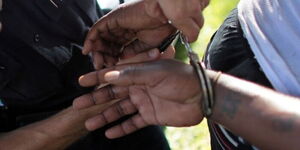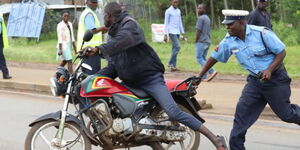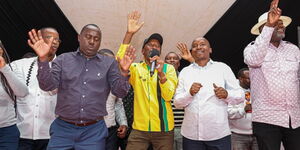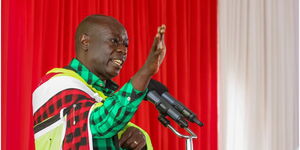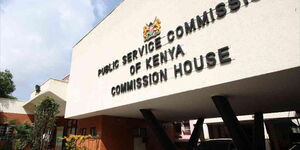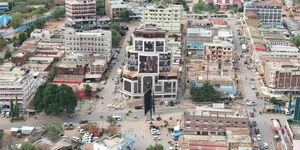Interior Cabinet Secretary Kipchumba Murkomen has issued fresh orders to police over shooting, particularly during protests, urging them to exercise restraint and limit the use of firearms when handling protesters.
While issuing the Policy Directive No.1 of 2025 on the Use of Force and Firearms, Murkomen directed the officers to use force and firearms only per the rules on the use of force and firearms under the law, departmental standing orders, and the respective policy directive.
The CS instructed that law enforcement officials shall not use force or firearms against persons except in self-defence or defence of others against the imminent threat of death or serious injury.
“The officers, in carrying out their duty, shall, as far as possible, apply non-violent means before resorting to the use of force and/or firearms,” the policy directive stated.
“Any use of force must be lawful, proportionate and reasonable in the circumstances to achieve a legitimate law enforcement objective,” it added.
During protests, Murkomen directed that a police officer is not entitled to discharge a firearm against a person unless the officer has reasonable grounds for believing that the person is committing, or about to commit, an action likely to endanger the life or cause serious injury to the officer or any other person, and there is no other way to prevent the danger.
Even so, Murkomen maintained that officers have the right to defend themselves from unlawful physical violence.
He cited the aspect of proportionality, which in this context referred to the degree of force that is commensurate with the threat posed and no greater than necessary to achieve a legitimate policing objective.
“In determining the proportionality of force to apply, the officers shall consider: the person’s behaviour and their level of resistance, if the person refuses to comply or exhibits body language indicating non-compliance, any assault where there exists the possibility of great bodily harm or death of the officers,” noted the CS.
In the event that the use of force was unavoidable, Murkomen gave the officers four conditions to abide by. He urged the police to exercise restraint in such use and act in proportion to the seriousness of the offence and the legitimate objective to be achieved and minimise damage and injury, and respect and preserve human life.
Further, he directed them to ensure that assistance and medical aid are rendered to any injured or affected persons at the earliest possible moment and ensure that the Independent Policing and Oversight Authority (IPOA) is notified at the earliest time possible.
In regard to the use of force, the CS ordered that force must never be used as a form of extrajudicial punishment, adding that no additional force was lawful when a suspect was safely and lawfully detained.
Meanwhile, Murkomen also directed the National Police Service to review its training programme, manuals, and operational procedures in light of recent incidents related to protests.
He further challenged the NPS to foster a culture of responsibility and encourage officers to be accountable for their actions, while acknowledging the challenges inherent in operational policing.
Murkomen’s directives come in the wake of a recent shoot-to-the-leg order issued by President William Ruto to police on violent protesters.
His order was met with a lot of backlash from Kenyans, but followed an earlier shoot-to-kill order issued by Murkomen to police officers on individuals seeking to storm police stations.


